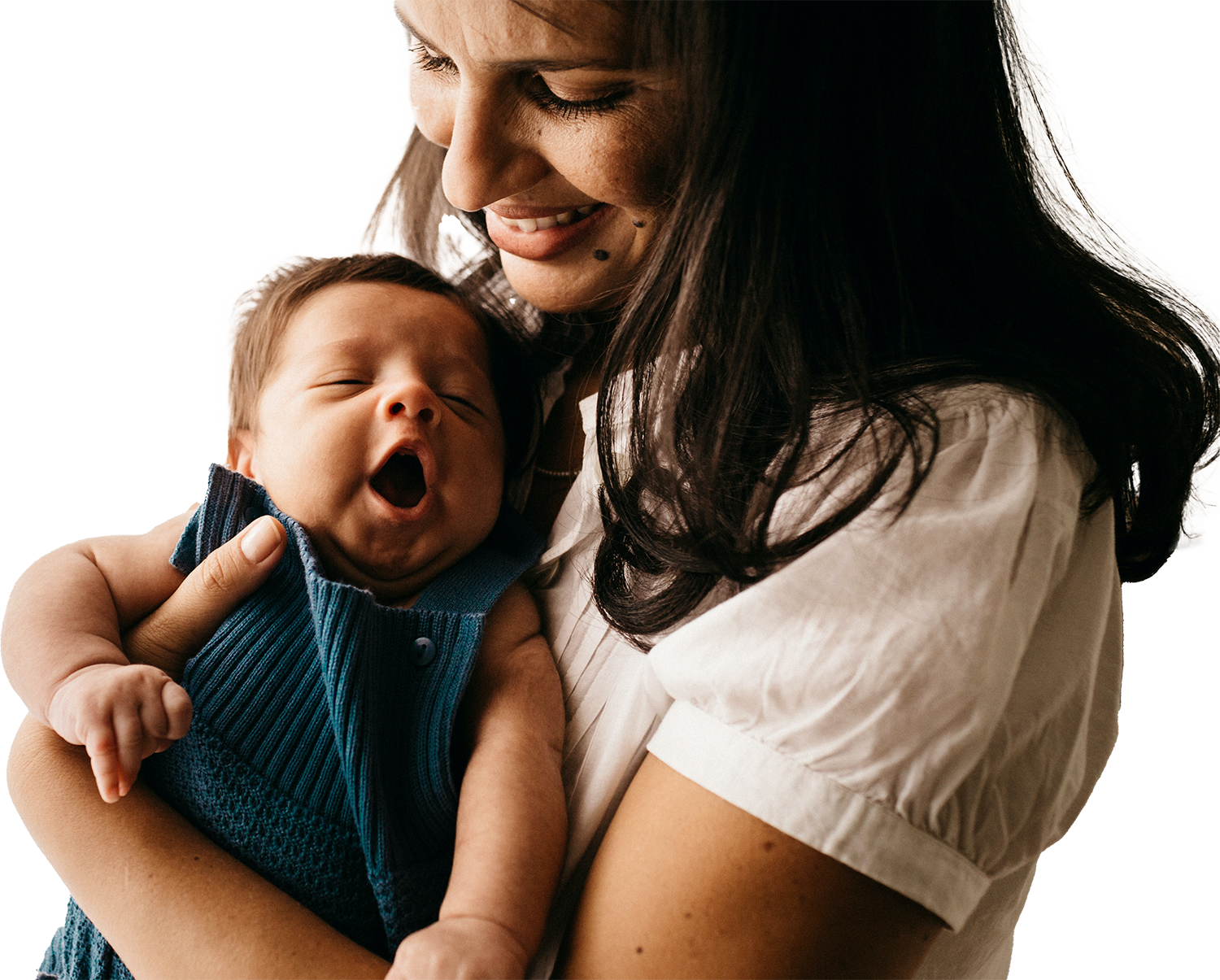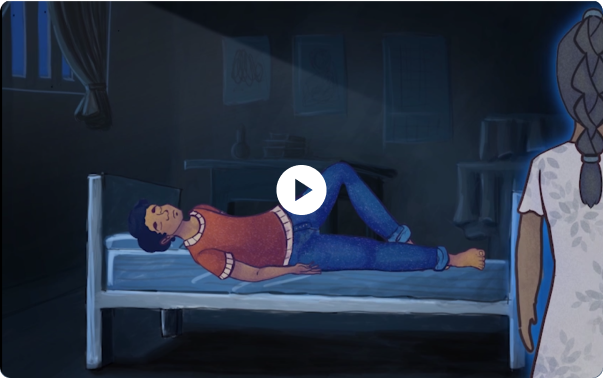Following real stories of three women in Sri Lanka, Pain Pathway Stories: A Road to Preventing Self-harm in Women & Girls helps us see the Pain Pathway unfold in everyday ways and spaces in women’s lives. It invites audiences to consider how recognising this pattern and the forms it can take could be helpful in their own social networks.
The film is suitable for audiences 12+ and available in English, Sinhala and Tamil.
Watch the full film now
Background on self-directed violence in women & girls
Self-directed violence is a spectrum of self-harming thoughts and behaviours, which may or may not be suicidal in nature or result in death. Not enough has been done to understand what we can do to help women and girls around the world who hurt themselves, or to prevent them from using self-harm at all. Calls persist for targeted research among women to inform gender-sensitive prevention efforts.



